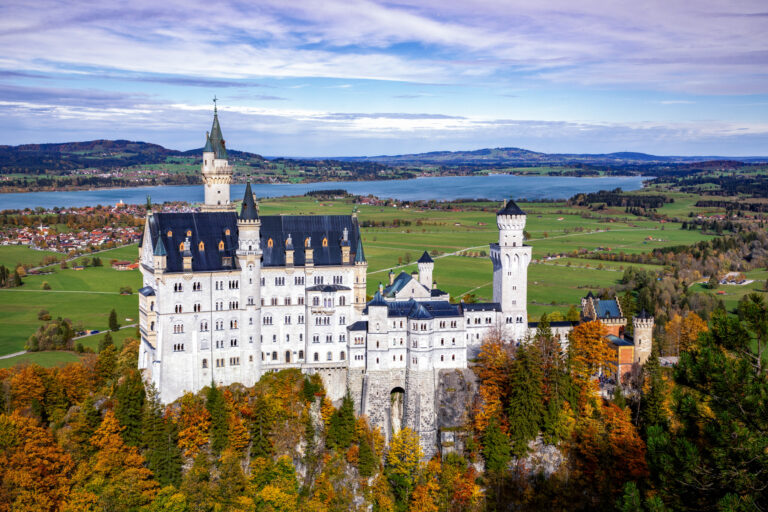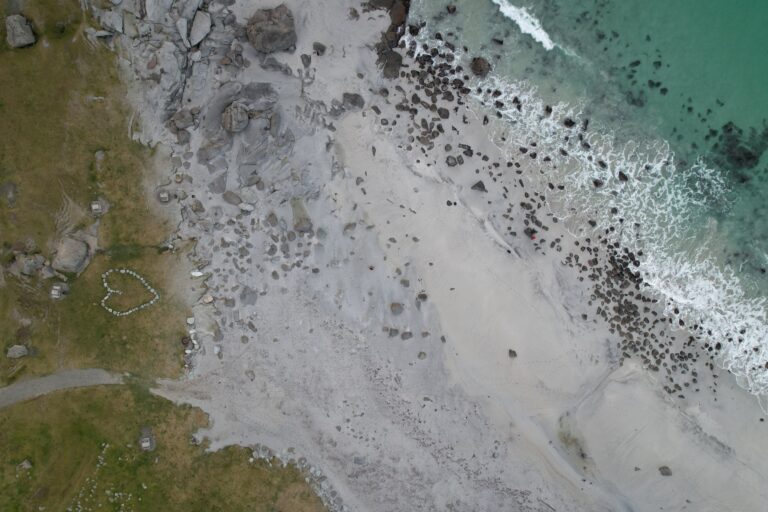— Fotograf Mannheim— PROFESSIONAL PHOTOGRAPHER...
Read MoreNORWAY ADVENTURES | SCANDINAVIAN DIARIES |NARVIK EXCURSIONS
The Ultimate Northern Lights Guide
Capture the Aurora: Your Guide to the Northern Lights
The Best Time to View the Northern Lights
- Tromsø, Norway: Best viewed from late September to early April.
- Abisko, Sweden: Peak viewing from October to March.
- Reykjavik, Iceland: Best from late September to March.
- Lofoten Islands, Norway: Best from late September to early April.
Best Places to See Northern Lights
Now, let’s dive right into the list of where you can see the Northern Lights. This list contains one of the best places to see the Northern Lights this season.
1. Tromsø, Norway
When I think about the Northern Lights, Tromsø is the first place that comes to mind. Tromsø is known as the gateway to the Arctic, but it’s a Northern Lights hotspot. Its location right under the Auroral Oval—the area where the lights are most likely to appear—makes it one of the best places for aurora hunting.
Tromsø is surrounded by fjords and mountains, offering a perfect mix of natural beauty and modern amenities. During the day, you can explore the breathtaking landscapes and capture the snowy mountains, and at night, drive just outside the city to escape light pollution and immerse yourself in the Northern Lights experience.
The best time to visit Tromsø is between September and April. During this period, the weather is generally more predictable, giving you better chances of clear skies. One recommended spot is Kvaløya Island, which offers secluded areas perfect for dark-sky conditions to view the auroras.
Photography Tip: For a more dynamic shot, try framing the Northern Lights over the mountain peaks or using reflections from the water to create a unique perspective.
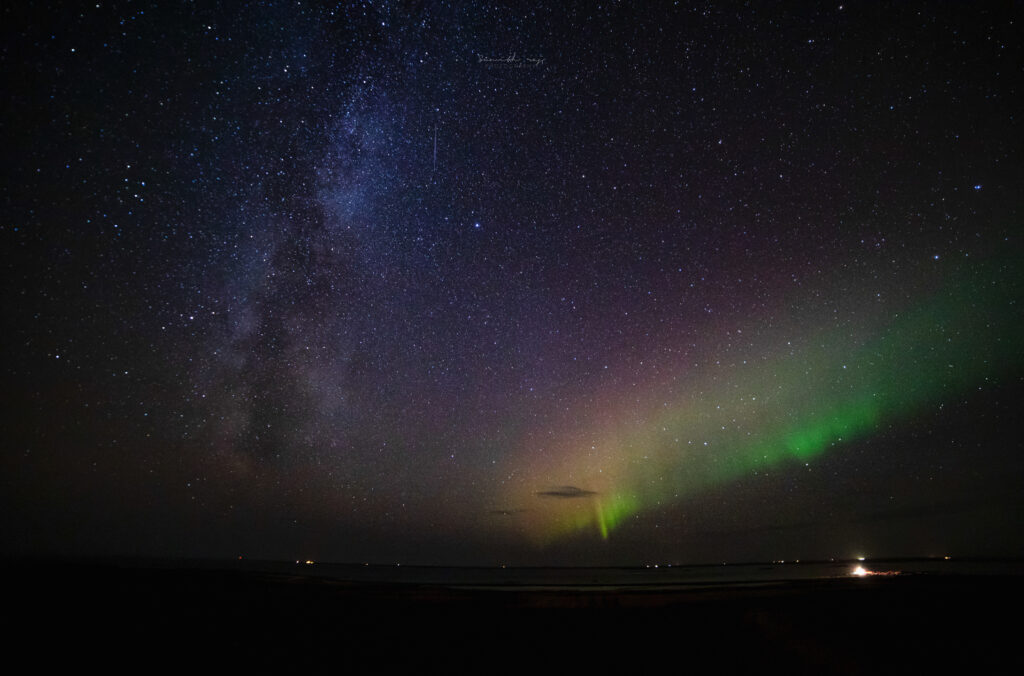
2. Abisko National Park, Sweden
Located in Swedish Lapland, the Abisko National Park is nature’s perfection manifested. It is blessed with what is known as a “blue hole” effect, which is an unusual weather pattern that maintains a cloud-free sky even when nearby areas are clouded. The blue hole effect can dramatically increase your chances of capturing the Northern Lights.
Remember that this park is located in a remote location, so it’s ideal to drive your own vehicle. One advantage of the park being in a remote location is that it is far from city lights and pollution, which might affect your viewing of the Northern Lights.
You can also visit Lake Torneträsk, a very beautiful attraction in Sweden. Consider yourself lucky if you can view the Northern Lights dancing in the reflections on the transparent and clear glassy water of this lake.
Photography Tip: Abisko treats you with frozen lakes, snowy forests, and dramatic mountains, so try to scout from one location to another to view nature at its best. You could visit some secluded and quiet spaces where you can try those dynamic shots when the aurora magic happens.
Click Here To Experience Northern Lights In Abisko National Park, Sweden

3. Reykjavik, Iceland
Reykjavik is the capital of Iceland. Even though it’s a busy city, there are many good places nearby to witness the Northern Lights. Iceland is a visual treat for nature lovers and content creators alike because of its beautiful landscapes, volcanic craters, black-sand beaches, and lakes.
You can visit Þingvellir (Thingvellir) National Park or the Reykjanes Peninsula to avoid city light pollution and find clearer skies. Both these places are blessed with natural beauty that you can use as a background to capture the Northern Lights with more depth and detail.
Photography Tip: The weather in Iceland can be quite unpredictable. If you’re planning to visit Iceland for the Northern Lights, it’s a good idea to dedicate several days to your trip. This will give you some leeway if the weather is not in your favor on any particular night.
Click Here To Experience Northern Lights In Reykjavik, Iceland
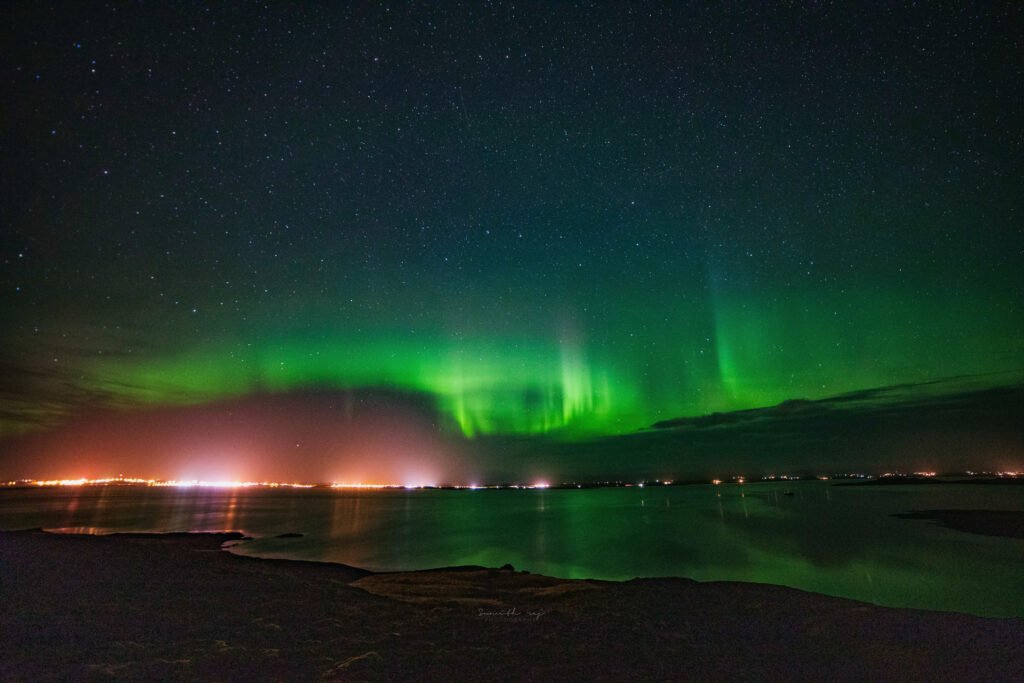
4. Lofoten Islands, Norway
Lofoten Islands is a great alternative to Tromsø. These islands are located about 300 km southwest of Tromsø. Located within the Arctic Circle, this archipelago offers fjords, beachcombing activities, kayaking, secluded fishing villages, and beautiful clear waters with stunning coastal landscapes.
Since the Lofoten Islands are geographically remote, there is significantly less light pollution, and the islands’ unique geography allows you to capture the Northern Lights in all their beauty.
The reflection of the Aurora in fjords, dancing over mountains, or waving across the pitch-dark sky gives you an unforgettable experience. The Lofoten Islands are a dream for landscape and nature photographers and travelers alike.
Photography Tip: The Northern Lights season in Lofoten typically falls from late August to mid-April, with September to October and February to March often considered ideal months for viewing.
Click Here To Experience Northern Lights In Lofoten Islands, Norway

How to Prepare for the Northern Lights Experience
- Timing: Plan your trip between September and March for the best chances to view the Northern Lights.
- Location: Choose destinations with minimal light pollution and clear skies.
- Clothing: Dress in warm, layered clothing. Bring mufflers, winter jackets, winter boots, and thermals. You may need to spend long hours outside in the cold night.
- Car: Either bring your car or rent one. Having your own vehicle gives you the flexibility to chase clear skies and avoid light pollution, especially in remote areas.
- Equipment: Bring a good camera, sturdy tripod, power banks, and extra batteries. Smartphones with night photography capabilities can also work.
- Research: Check aurora forecast apps and weather updates before heading out.
- Food: Pack snacks, energy bars, and warm beverages to keep your energy up while waiting outside. Consider bringing a thermos with hot drinks to stay warm.
- Patience: Be prepared to wait, sometimes until 2 AM or later, to see the Northern Lights. Remember, sightings are never guaranteed, even in ideal locations.
- Duration: Plan to stay for multiple nights to increase your chances of viewing the lights.
- Expectations: Keep in mind that while the Northern Lights can be spectacular, they may not always appear as vibrant to the naked eye as they do in photographs. The human eye has limited sensitivity to color in dark, low-light conditions, whereas camera sensors can capture a much broader range of colors and details.
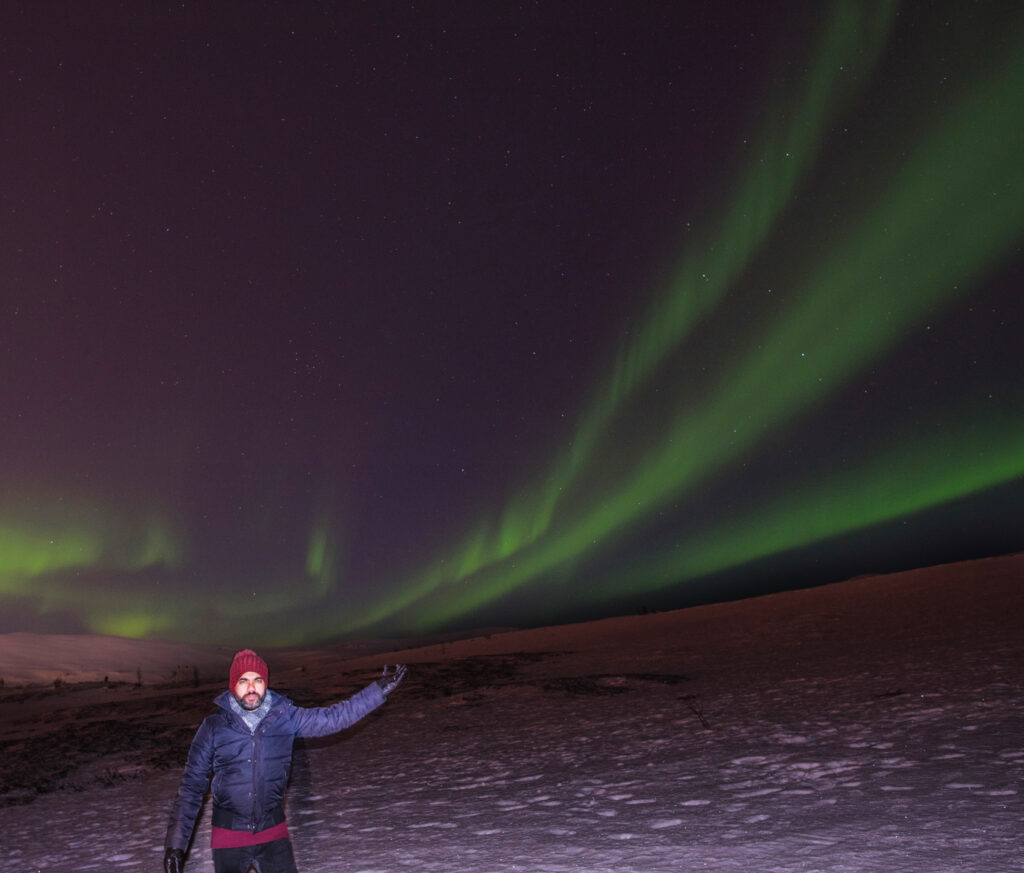
My Recommended Gear for Northern Lights Photography
- Wide-Angle Lens: Use a lens with an aperture of f/2.8 or wider to capture more light and detail in the night sky.
- Sturdy Tripod: A good tripod helps you take long exposure shots. Consider one with snow-proof spikes for stability on icy surfaces.
- Extra Batteries: Cold temperatures can drain batteries quickly, so bring extra batteries to power your camera throughout the night.
- Headlamp: A headlamp with a red-light setting is ideal for preserving your night vision while allowing you to navigate in the dark without disturbing your surroundings.
- Power Bank: A portable power bank is useful for charging your phone and other devices while out in the field.
- Camera Settings: Set your camera to manual focus, adjust ISO settings between 3200 to 6400, and use a shutter speed of 1-15 seconds for optimal results.
- Smartphone (Optional): If you’re using a smartphone, ensure it has night photography capabilities and consider downloading apps like NightCap for better results.
Craving to Experience the Northern Lights?
Enjoy tailored itineraries, sights, and guided tours that match your preferences and desires.
Start your unforgettable northern lights experience!
Click here!